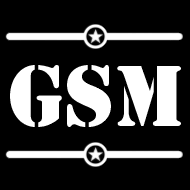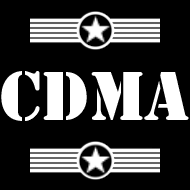There are four major channel access methods. They are:
- FDMA (Frequency-Division Multiple Access) provides different frequency bands to different datastreams, which basically gives each cellphone its own radio frequency. This method was used in AMPS and requires the most available radio frequencies.
- TDMA (Time-Division Multiple Access) gives each cellphone using a radio channel a time slot in which they access the cell tower. For example, during milliseconds 1-2, handset 1 transmits data. Then, from milliseconds 2-3, handset 2 transmits its data. Then, on milliseconds 3-4, handset 1 transmits more data, and so on. This makes it appear as though both handsets are transmitting simultaneously. TDMA has a tendency to cause dropped calls, however.
- CDMA (Code-Division Multiple Access) modulates the signal sent by the cellphone using a specific code given to it by the cell tower. Each handset has its own specific code, assigned by the tower. The data sent by the phone is modulated using the code, and the tower differentiates between each cellphone's data by seeing how the signal is modulated and comparing that to the code assigned to each phone. This allows multiple handsets to transmit over the same channel.
- SDMA (Space-Division Multiple Access) is also called MIMO (Multiple-In Multiple-Out) which means that one handset sends out multiple signals to multiple cell towers. This frees up a lot of bandwidth by effectively dividing the bandwidth of the handset's transmission by the number of towers it's transmitting to.



 My nickname bears no real importance or symbolism. The day I came up with it was January 9, 2005. That was the day I saw Stanley Kubrick's masterpiece "Full Metal Jacket". I was in desperate need for a nickname for Halo 2 and I couldn't really think of anything, so I just changed "jacket" to "parka" and here I am.
My nickname bears no real importance or symbolism. The day I came up with it was January 9, 2005. That was the day I saw Stanley Kubrick's masterpiece "Full Metal Jacket". I was in desperate need for a nickname for Halo 2 and I couldn't really think of anything, so I just changed "jacket" to "parka" and here I am.





No comments:
Post a Comment